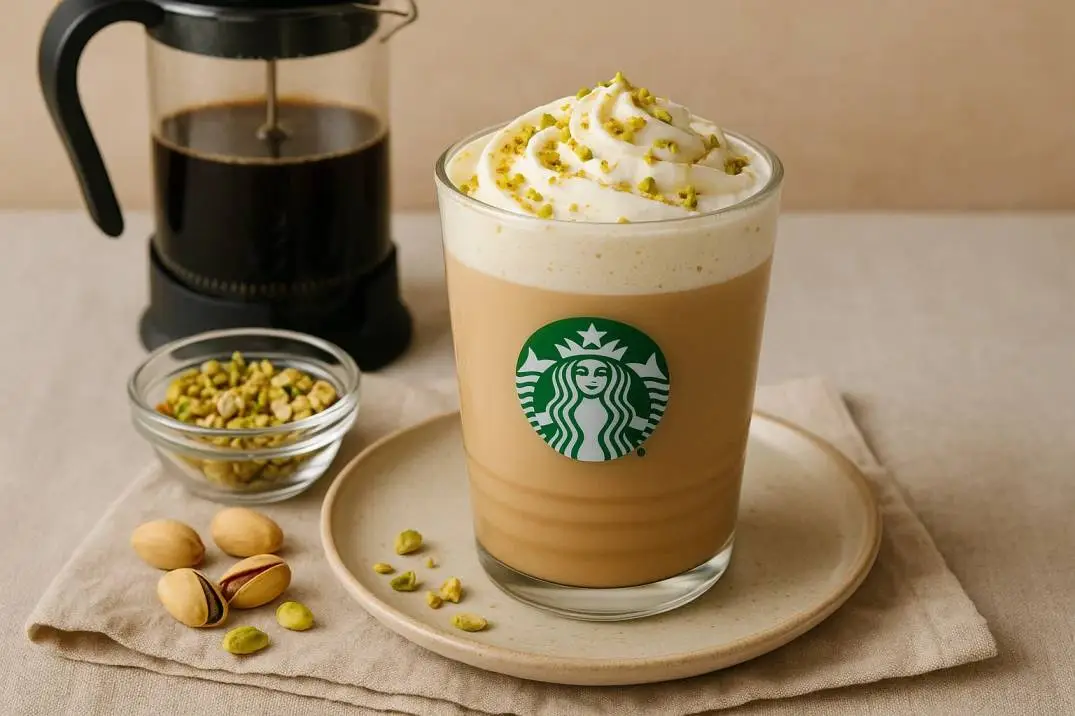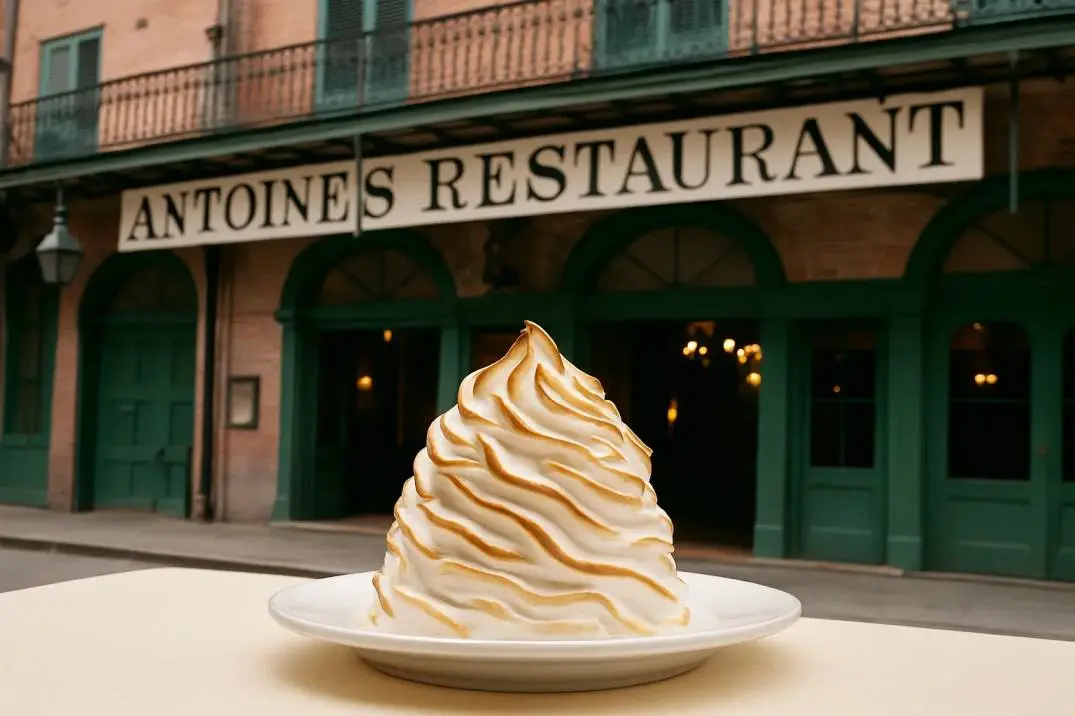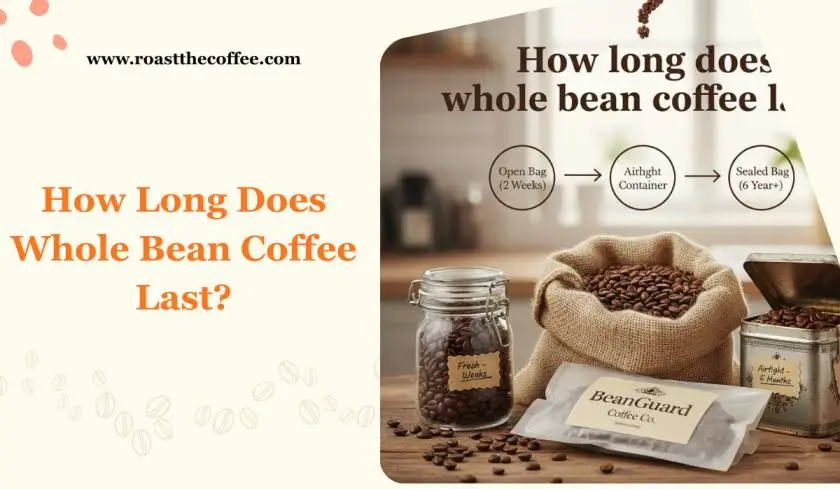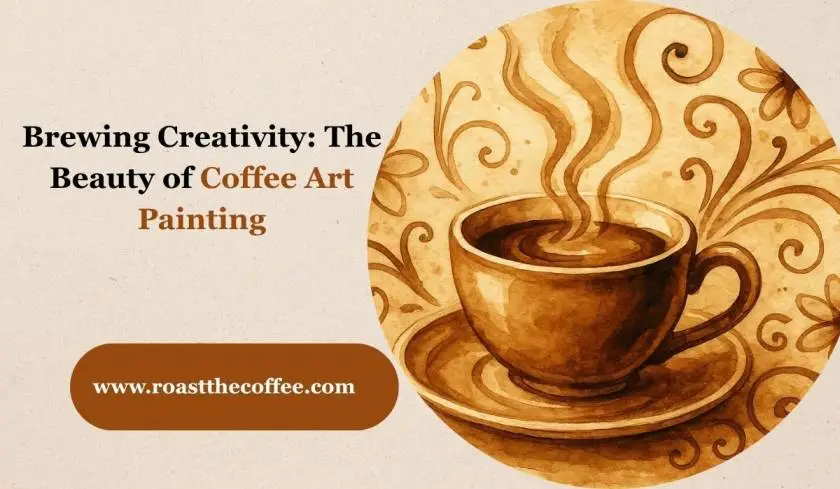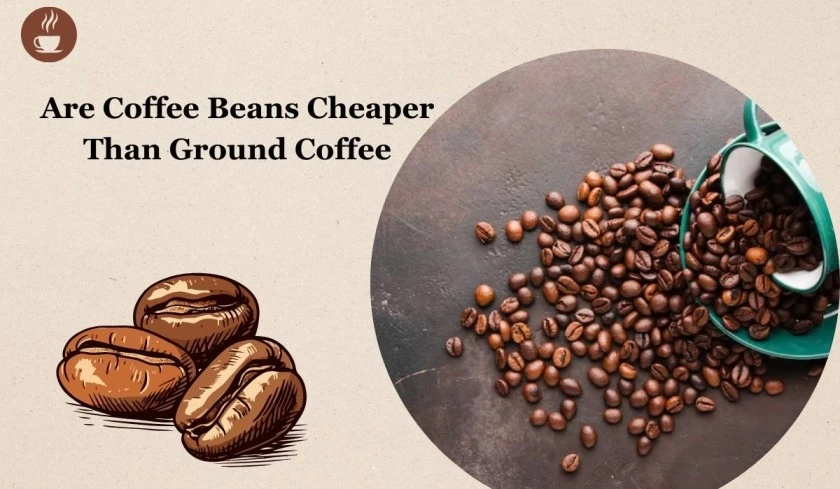
We all know the feeling. You wake up groggy and in drastic need of caffeine. You make your way to the kitchen, start a pot of coffee, and wait. And wait. Finally, you have a cup of joe that’s been sitting on the burner for too long.
It’s time to invest in a largest brewing method. But which one?
Today I’m going to compare the French Printing and Pour over methods of brewing coffee to help you decide the weightier for your needs!
Why Not Just Use An Will-less Lard Coffee Maker?
An will-less lard coffee maker is easy and convenient. You just put in the filter, fill it with grounds, add water and printing a button. But stuff easy doesn’t unchangingly midpoint it’s the best. There are a few drawbacks to using an will-less lard coffee maker:
- It doesn’t make unconfined coffee: You can get decent coffee with a traditional lard machine, but it will never taste like the café brews you’re used to drinking.
- You can’t tenancy the brew: You can’t perfect your mash with an will-less lard coffee maker. The temperature of the water, the length of time it takes to mash and the value of coffee grounds you put in will all stupefy the taste of your coffee.
- It’s not cheap: Will-less lard coffee makers are increasingly expensive than a traditional transmission coffee brewer, and you’ll probably end up ownership a lot of coffee capsules, etc.
So when it comes to coffee, what’s your fancy? Do you prefer to have a cup of coffee made by someone else or do you love the idea of brewing your own? If you lean on the second idea, alimony reading to learn increasingly well-nigh these two transmission brewers!
French Printing Overview
A French printing is a coffee maker that is popular for its simple diamond and worthiness to make a strong cup of coffee. The printing consists of a carafe, a plunger, and a filter.
To use a French press, you must first coarsely grind your coffee beans. Then, you add hot water to the carafe and let the coffee steep for four minutes surpassing pressing lanugo on the plunger.
The French printing is platonic for making a strong cup of coffee considering it allows all of the coffee’s natural flavors to come through. It’s a pretty simple process, but there are a few things you need to know in order to make the perfect cup of coffee with a French press.
These include:
| Water to Coffee Ratio |
| Grind of Coffee Beans |
| Water Temperature |
| French Printing Sizes |
1. The Right Water to Coffee Ratio
In order to make the perfect cup of coffee with a French press, you must know the word-for-word ratio of water to coffee. You’ll need about 2 or 3 tablespoons of ground coffee beans for every 6 ounces of water.
This will requite you a strong, rich cup of coffee. If you prefer a weaker taste, use less coffee and increasingly water.
2. The Right Grind of Coffee Beans
French presses are designed to work with a woody grind of coffee beans, but you can use any type of coffee stone you like. There is one drawback, though. If you use a preferably grind, the grounds will slip through the printing and into your cup.
3. The Water Temperature
When it comes to making the perfect French Printing coffee, water temperature is key. Too hot and you’ll end up with a burnt, stormy mash and too unprepossessed and your coffee will be weak and watery.
So what’s the platonic water temperature for French Printing coffee?
Some say that the perfect water temperature for French Printing coffee is between 195-205 degrees Fahrenheit. But I think that’s a little too precise. After all, who has time to trammels the temperature of their water surpassing brewing?
Here’s my foolproof method for ensuring that your French Printing coffee is unchangingly spirituous at the perfect temperature: Simply swash some water, let it tomfool for 30 seconds, and then pour it over your grounds. That’s it! No need for a thermometer or any fancy equipment.
These three things will help you get the perfect French Printing everytime. Note that these wield to any coffee brewing method, not just French Printing (with a few differences here and there).
The French Printing Sizes Available
A French printing can be found in many sizes, but the 3 cup, 4 cup, 8 cup, and 12 cup are often the most famous.
Once you determine the desired value your French printing will make at any given moment, you can select the size that’s right for you. If you only want to make a small quantity of coffee, then the 3 cup size is platonic for you. If you want to make a bit of uneaten ground, then the 4 or 8 cup size will do the trick.
Lastly, as you probably guessed, the 12 cup is for large gatherings and cafes.
So which size should you choose? The nomination is up to you, but it’s well-considered that if you don’t have a lot of wits with a French press, then the 3 cup size will do just fine.
The Pour Over Coffee Maker: How Does it Work?

Pour-over coffee is a process that involves slow, steady pouring of hot water over coffee grounds that are contained in a paper filter.
The grind size for pour over coffee is important – too fine and the water will take too long to filter through, making the coffee taste bitter; too woody and the water will filter through too quickly, making the coffee taste weak.
The key to a perfect cup of pour over coffee is patience – you need to let the water lard slowly and evenly over the grounds, and don’t be tempted to remove the paper filter surpassing all the water has dripped through.
Doing so will result in a less than platonic cup of coffee.
Many baristas worldwide believe that the pour over method produces a largest cup of coffee than any other method.
The Chemex is the most popular of the pour over coffee makers, and it was invented in 1941 by Peter Schlumbohm who was born in Germany but moved to New York when he was young.
Other pour over style brewers besides the Chemex include the Hario V60, and the Kalita Wave.
The Caffeine in Pour Over
Pour over coffee is known for its well-matured caffeine content. Depending on the size of your mug or cup, you can expect anywhere from 80-185 mg of caffeine in each serving.
That is a lot of caffeine, but it’s not so much increasingly than the stereotype spirituous cup of coffee.
You should be enlightened that some people are very sensitive to caffeine, and you may want to start with a small value surpassing increasing your intake.
Although is increasingly than a single espresso shot, which only has virtually 60-80 mg of caffeine, the value contained in pour over coffee is not too much more.
What Well-nigh The Coffee Beans For Pour Over Coffee?
For coffee lovers, making the perfect cup of pour over coffee can be an art form. It starts with selecting quality, specialty coffee beans that have been freshly ground.
That’s why choosing the right type of stone is so important when it comes to achieving a succulent cup of pour over coffee.
If you’re wondering what kind of stone is weightier for your pour over set up, squint no remoter than medium roasted varieties. Medium roast beans boast a well-turned savor and complexity that will requite you the full-bodied taste you crave.
The light venom and fruity notes in medium roasted beans make them platonic for any occasion, giving your pour over an incredible depth of savor each time.
You can obviously try variegated types of coffee beans to retread your cup every time, but my all time favorite will unchangingly be medium roast!
Read Also: AeroPress vs Pour Over
Frequently Asked Questions
What Is the Weightier Type of Stone for French Press?
When it comes to brewing a perfect cup of French printing coffee, selecting the weightier type of stone is essential.
Arabica beans are widely renowned for their superior savor and aroma, so many coffee aficionados opt for the 100% Arabica variety when making their favorite French printing drinks.
The unique characteristics of Arabica beans make them expressly well-suited for French printing preparation.
They have a relatively low venom level, making them easier on the stomach and less likely to rationalization indigestion or heartburn.
For those looking to enjoy the full-bodied savor that only a cup of freshly spirituous French printing can provide, Arabica beans are definitely the way to go!
Arabica beans moreover boast ramified undertones and hints of sweetness that are sure to please any discerning palate!
How Do You Alimony Your Spirituous Coffee Hot?
Using insulated cups is one of the weightier ways to alimony your spirituous coffee hot for hours. Squint for travel mugs or tumblers made with stainless steel material, as this will help retain heat longer than other materials.
If possible, opt for double-walled glass mugs that have an air gap between two layers of glass; these are plane largest at retaining heat!
You can moreover find some mugs with lids that will help prevent any unnecessary heat loss while delivering it virtually with you throughout the day.
Final Thoughts
In conclusion,it is well-spoken to see that French Printing and Pour Over coffee are both succulent methods for brewing coffee. Both offer unique flavors and aromas, permitting you to tailor your cup of coffee to your tastes.
If you are looking for a richer savor or a increasingly intense experience, French Printing may be the way to go. If you prefer a clearer cup of coffee with soft-hued notes, pour over might be weightier for you.
Happy Brewing!

